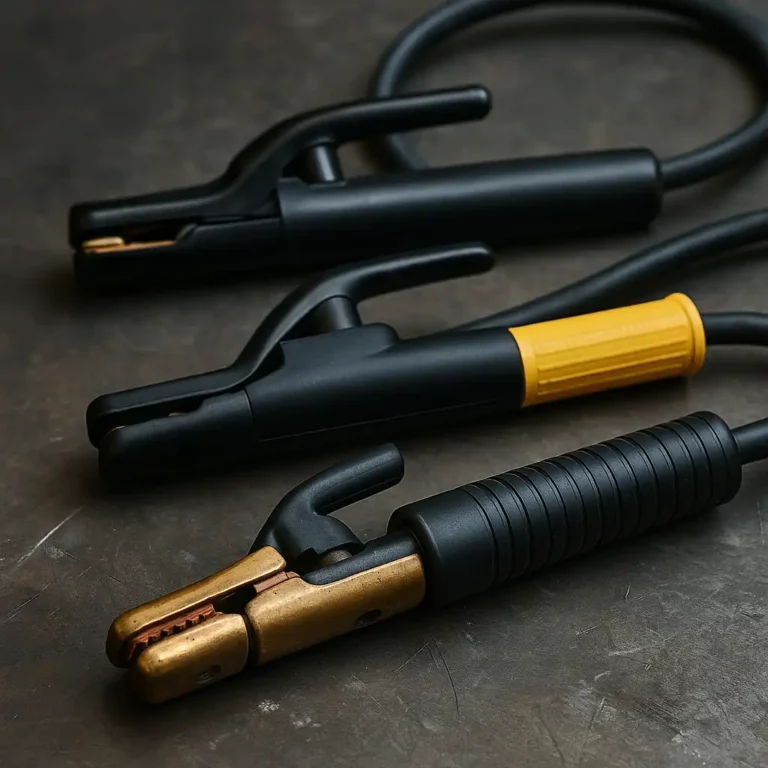Essential Welding Tools and Equipment List Every Welder Needs

Whether you’re a beginner setting up a home welding station or a seasoned pro organizing your workshop, having the right tools can make all the difference. Welding isn’t just about sparks and seams—it’s about precision, safety, and efficiency. This comprehensive welding tools and equipment list covers the essentials required for a well-equipped workspace, ensuring you’re always ready to take on any welding project.
Welding Machines
The heart of any welding setup is the welding machine. Your choice will depend on the type of welding you plan to do.
MIG Welder
Perfect for beginners, MIG welders are easy to use and offer quick welds on a variety of metals.
TIG Welder
TIG machines are best for precision welding, especially when working on thin or non-ferrous metals like aluminum.
Stick Welder
Great for outdoor jobs and dirty metals, stick welders are rugged and versatile.
Personal Protective Equipment (PPE)
Welding safety starts with proper gear. Here are the must-haves to protect yourself on the job.
Welding Helmet
Auto-darkening helmets offer convenience and eye protection from harmful UV and IR rays.
Welding Gloves
Heat-resistant gloves protect your hands from sparks, slag, and high temperatures.
Welding Jacket
Made from leather or flame-resistant fabric, a jacket shields your body from spatter and UV exposure.
Safety Glasses
Essential even under a helmet, safety glasses protect against grinding debris and small sparks.
Respirator or Welding Fume Extractor
Welding fumes can be hazardous. Use a respirator or a fume extractor, especially in enclosed spaces.
Hand Tools and Accessories
You’ll need several hand tools to ensure smooth and clean welds.
Angle Grinder
Used for prepping joints and cleaning up welds, an angle grinder is essential in any welder’s toolkit.
Chipping Hammer
A chipping hammer removes slag from stick welds and flux-cored welds.
Wire Brush
Used to clean metal surfaces before and after welding.
Measuring Tape and Square
Accurate measurements ensure the integrity and precision of your work.
Clamps and Magnets
These hold your workpieces in place, freeing your hands for welding.
Welding Consumables
These materials are used up during the welding process and need to be replenished regularly.
Welding Rods
Used in stick welding, rods vary depending on the metal type and project.
Welding Wire
MIG and flux-core welding require wire reels, available in different thicknesses and materials.
Shielding Gas
TIG and MIG welding require shielding gases like argon or a mix of argon and CO₂ to protect the weld pool from contaminants.
Workstation Essentials
A dedicated and safe space makes your workflow efficient and comfortable.
Welding Table
A sturdy, fire-resistant table with a flat surface and grounding point improves safety and precision.
Fire Extinguisher
A must-have for any welding space to address accidental fires promptly.
Ground Clamp
Ensures proper grounding for safe and consistent arc performance.
Conclusion
Having a complete welding tools and equipment list ensures you’re prepared for any project, whether it’s light fabrication or structural repairs. While you don’t need to buy everything at once, investing in key tools can significantly improve your results and safety.






